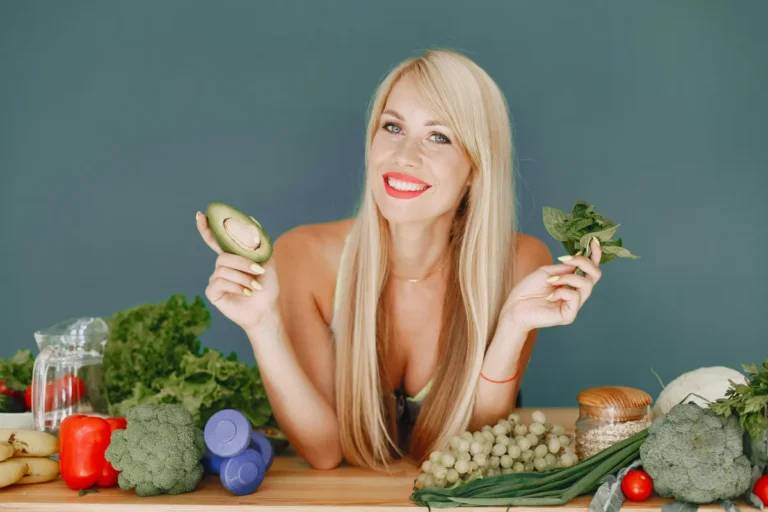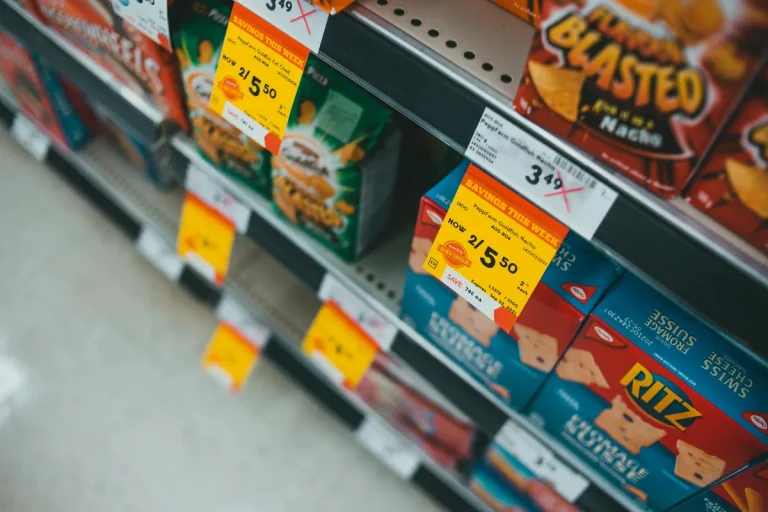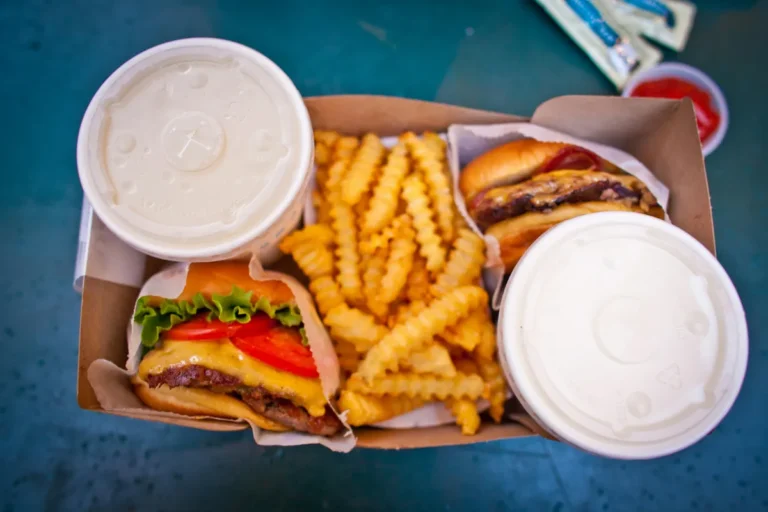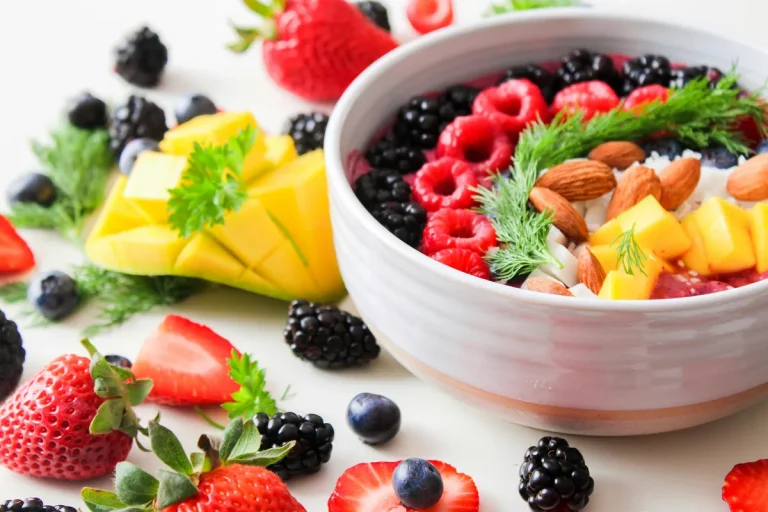Meal prep doesn’t have to mean eating the same thing every day. With a little planning, you can cook once and turn those ingredients into multiple meals that feel different, taste great, and don’t take hours to pull together. It’s all about smart reuse making your prep work harder for you without making your week feel repetitive.
Whether you’re cooking for yourself or feeding a busy household, these strategies help you save time, cut down on food waste, and keep your meals interesting from Monday to Friday.
Choose Ingredients That Work in Multiple Meals
The secret to smart reuse is starting with ingredients that are versatile. You want foods that can play different roles depending on how you season them or what you pair them with.
Here are some go to staples:
- Grains: Brown rice, quinoa, couscous, bulgur
- Proteins: Roasted chicken, baked tofu, boiled eggs, lentils
- Veggies: Roasted root veg, sautéed greens, steamed broccoli
- Sauces and dressings: Tahini, pesto, tomato sauce, yoghurt-based dips
Cook these in batches and store them separately. That way, you can mix and match depending on what you’re craving or what you’ve got time for.Your Weekly Wellness Boost
One Ingredient, Many Uses
Once your base ingredients are ready, it’s time to get creative. The goal is to repurpose not repeat. That means turning roasted sweet potatoes into tacos one night and grain bowls the next. Or using grilled chicken in a salad today and a wrap tomorrow.
Here are a few easy examples:
- Quinoa: Serve warm with stir-fried veggies, then cold in a Mediterranean salad
- Lentils: Use in a curry, then mash into patties for burgers
- Roasted veg: Toss into pasta, blend into soup, or layer in a sandwich
- Tofu: Bake for dinner, then crumble into a breakfast scramble
This way, you’re not cooking from scratch every night—but your meals still feel fresh.
Think in Templates, Not Recipes
Instead of planning out every meal in detail, try thinking in flexible formats. These “templates” let you plug in whatever ingredients you’ve prepped and build something tasty without overthinking it.
Some easy meal templates:
- Bowls: Grain + protein + veg + sauce
- Wraps: Tortilla + filling + greens + spread
- Salads: Leafy base + toppings + crunch + dressing
- Stir-fries: Veg + protein + sauce + rice or noodles
- Soups: Broth + veg + protein + herbs
Templates make it easier to reuse ingredients in different ways and they’re great for keeping things simple when you’re short on time.
Store Ingredients So They Stay Fresh
Reusing ingredients only works if they’re still fresh when you need them. A few smart storage habits can make all the difference.
Tips to keep things fresh:
- Use airtight containers to lock in flavour and prevent moisture
- Keep sauces and dressings separate until you’re ready to eat
- Label containers with prep dates so you know what’s good to go
- Store grains and proteins in the fridge for 3–4 days, or freeze for later
- Blanch greens like spinach or kale before storing to keep them vibrant
Organising your fridge by category grains, proteins, veggies can also help you see what’s available and build meals faster.
Waste Less, Eat Better
Smart reuse isn’t just about saving time it’s also a great way to reduce food waste. When you plan meals around overlapping ingredients, you’re more likely to use everything you buy and avoid those forgotten leftovers.
Here’s how to make it work:
- Choose ingredients that can be used in multiple dishes
- Plan meals that share components (like rice used in stir-fry and burrito bowls)
- Get creative with leftovers—turn roasted veg into soup or extra grains into fritters
- Freeze extras in single portions for future meals
- Keep a running list of what’s prepped and what’s still in the fridge
It’s a simple shift that helps you stretch your budget, simplify your week, and keep your meals feeling fresh even when they’re built from the same ingredients.






